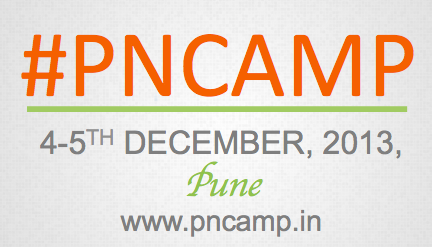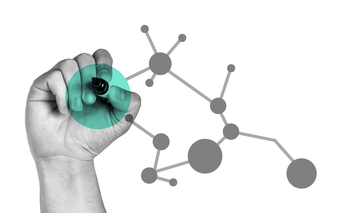In the continuing series of Round Tables product veterans Samir Palnitkar, ShopSocially and Jatin Parekh, AirTight Networks took the participants through a journey of discovery about why they want to go global and taking a critical look at the challenges they must overcome.
It takes a guy like Samir to lay the foundation for such a Round Table, having stoked the discussion with his experience and adding fuel by way of eliciting ideas and experiences of others. There’s no quick formula but the session did throw up some easy mantras to achieve those Global ambitions…
Some interesting takeaways from this session :
TEAM:
– Hiring for overseas is always a challenge and you can’t be careful enough
– Get a co-founder with a sufficiently high stake in the game, and one who is ready to adapt to the call of the hour.
– If you know the person from earlier, nothing like it
– Stay away from expensive consultants and retainers. Find someone who will take less cash (and therefore has had a prior successful exit / financially secure)
– Write down the issues, objectives, compensation, way things are done, who does what, 5 year vision, etc. These discussions need to happen
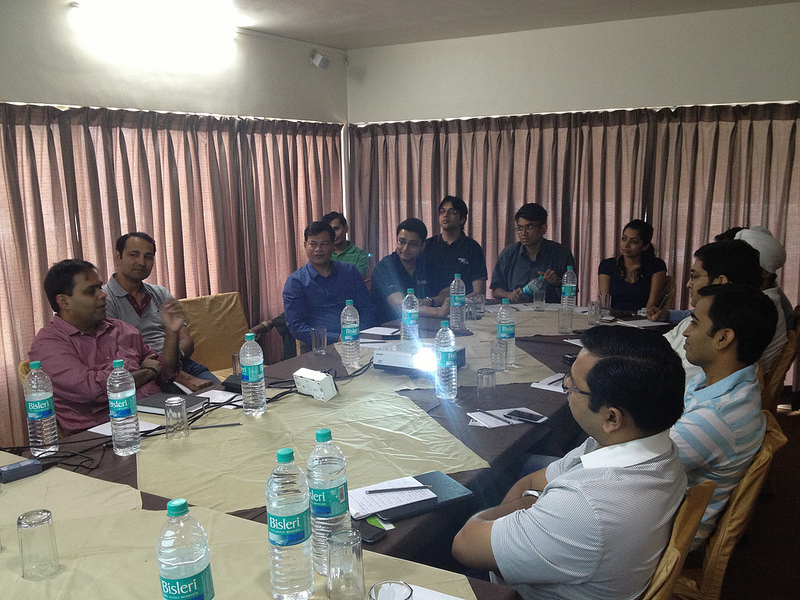
Experiences of those present:
– One of the RT participant founders even camped in the US for 3 months to find the right guy, interviewing over 15 persons identified through various contacts. They evaluated trust, skill and cultural fit before deciding.
– Most people do not want to be the lone member of startup in the US because all decision making would happen in India. One of them had a member already selling remotely so were thinking of moving that person to US.
– If there are 3-4 co founders, there is enough mental bandwidth to get one person to US for 6 months to set things up.
– Get partners to sell for you, they front end and sift thru the leads. May be encourage one of the partners to join you, as did one entrepreneur who had a good partner in E&Y front ending and finally robbed E&Y to get his co-founder !
– In a nutshell, don’t compromise on this first hire.
PREPARED TO TAKE THE FLIGHT ?
– Start selling globally only if you can fund the sales cost for at least a year
– It’s ok to do some services revenue to generate some cash. But this is also the biggest pitfall, if you end up doing too much customization that cripples you later.
Key considerations:
– You have to learn how to sell if you don’t already. Thumb rule is – if you can’t sell your product, nobody can.
– You should have a sufficient funnel and regular flow of enquiry / conversion / sales and cash flows. Ok that’s a lot to ask but then that’s what it needs !
– Prepare the Sales play book. A new person cannot invent the playbook to sell in US for you.
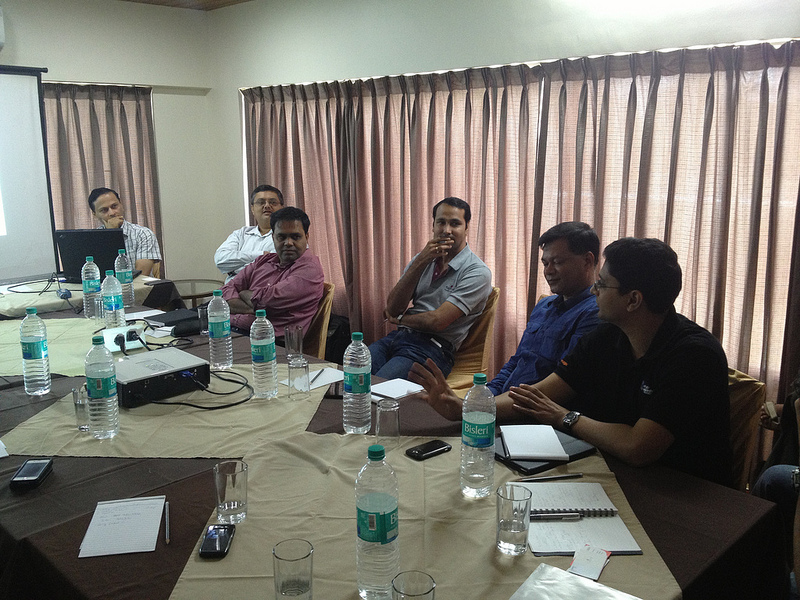 PRODUCT MANAGEMENT
PRODUCT MANAGEMENT
– Do you want to keep Product Management close to the customer or close to the R&D team?
– Typical challenges in this are the ability to be aligned. Clear internal communication is crucial in motivating the team for the higher purpose
– Delivery teams are usually in India, however you need to deal with the challenges of motivating team from a distance and account for cultural differences
The practical Product Manager:
– Understanding the higher purpose and communicating it again and again is very important. If engineers are in the same office as sales guys then its easy, motivation happens. But if teams are physically separated then you have to build the channel to keep that communication going.
– Communicate back to sales what problems engineering is facing.
– Product Manager must have a regular travel plan and must meet customers if working at a distance from the market. This is crucial to get the alignment early on.
– The PM cannot be note taker, taking customer requirements and giving it back verbatim to engineering to build. He must understand, negotiate and make intelligent distinction between features and requirements.
– Priorities should be clearly published in writing.
– Engineers should have the freedom to think and push back on features, but within boundaries. That’s when they can understand the purpose vs just coding.
– Engineers must have first hand communication with customers, go for customer meetings, handle support calls etc.
– When hiring engineers, set the expectation upfront that you have to do everything, and even learn outside your core competence. A Startup cannot afford to have people rigid within their own area.
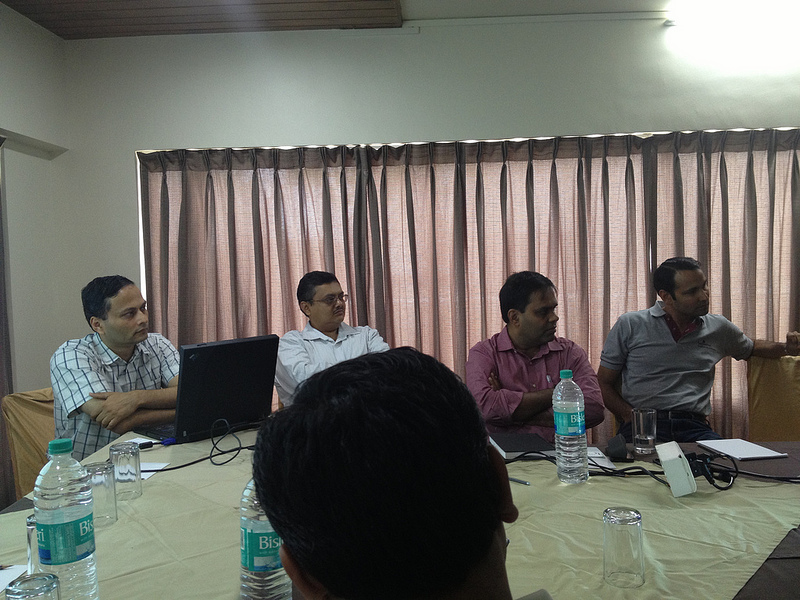 MARKETING
MARKETING
– The biggest conundrum is in expectation mismatch, US teams being very “look” orinted and India teams being “fact” oriented
– Interpretation of specs is usually different for each team, and quality of collateral needs to be extremely high to appeal to a US audience
– The simple approach is to keep everything that requires a “handshake”, in the US and to teach India teams to be perfectionists.
– If you need to get copywriting, don’t even think of getting it done in India. The lingo, the flow has to be completely American – leave that to an American.
– Use a professional UX design shop if you need to
– Use professional agencies for PR, like PRWEB, etc.
SALES
– Necessarily should be close to the customer. If the product requires a handshake, then you definitely need a US team member.
– At the very least you need someone to stay up at night and receive calls
– Prospecting via Linkedin, using polls and doing cold calling from India are usually successful approaches
Sales and Marketing in the US is a big discussion in itself. A lot was left to be discussed, perhaps deserving an entire session devoted to selling in the US market. Another day, another Round Table then.
ProductNation is the Go-To destination for many a successful software product. There are several amongst us who have tasted success in the global market. Do share your experience right here.


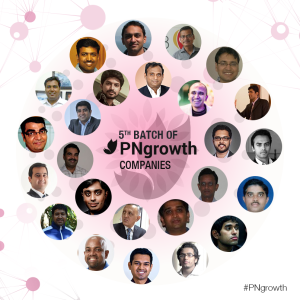
 The telecom companies don’t want a neutral Internet. They built the pipes and hooked them up to your phones. They also sell you broadband fiber at Rs 800-Rs2000 per month. And they hate to see you spending more time on messenger and chat apps which are getting better by the day. Unlike Gtalk and those of its ilk, today’s apps are on phones, untethered from the computer and therefore as personal as it gets. Their quality? Almost as good as a voice call. And that’s where the trouble lies.
The telecom companies don’t want a neutral Internet. They built the pipes and hooked them up to your phones. They also sell you broadband fiber at Rs 800-Rs2000 per month. And they hate to see you spending more time on messenger and chat apps which are getting better by the day. Unlike Gtalk and those of its ilk, today’s apps are on phones, untethered from the computer and therefore as personal as it gets. Their quality? Almost as good as a voice call. And that’s where the trouble lies. I’ve usually been averse to buying premium branded apparel. For the simple reason that I could always find equally good clothing which isn’t necessarily a Lacoste or a Tommy, and which is as elegant and durable as that venerable brand.
I’ve usually been averse to buying premium branded apparel. For the simple reason that I could always find equally good clothing which isn’t necessarily a Lacoste or a Tommy, and which is as elegant and durable as that venerable brand.





